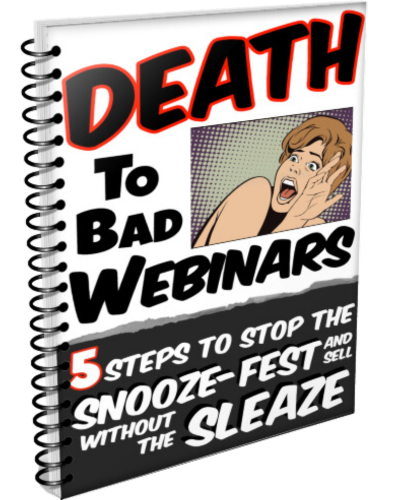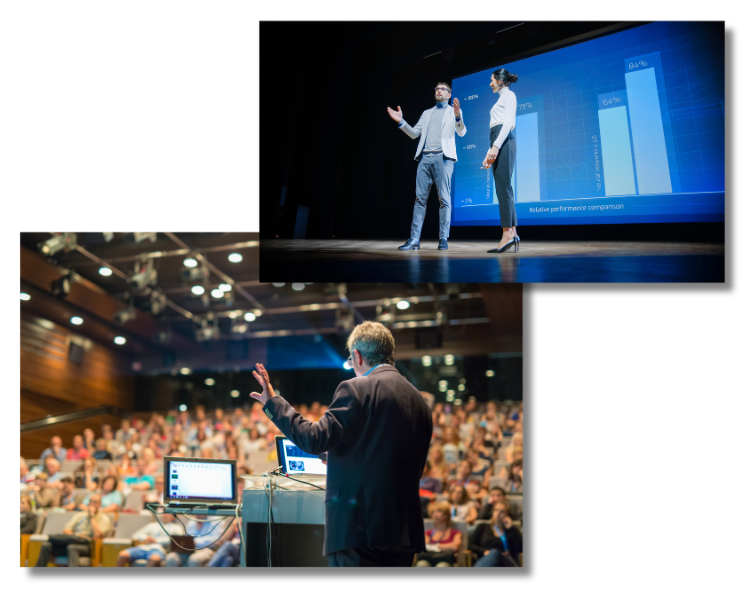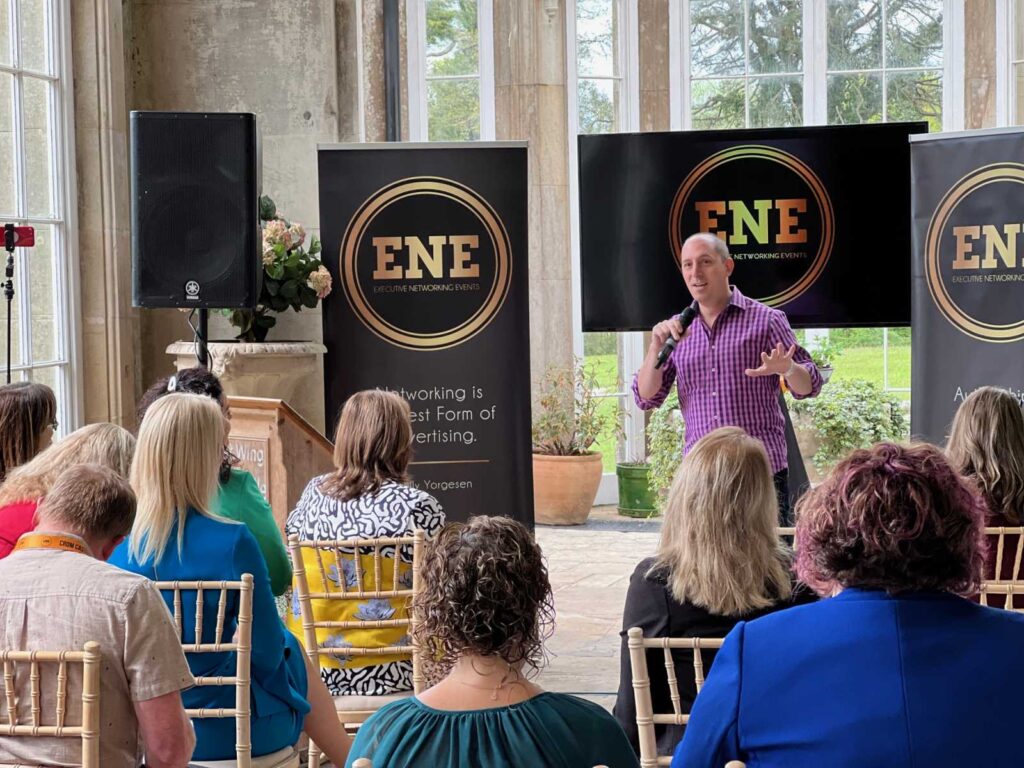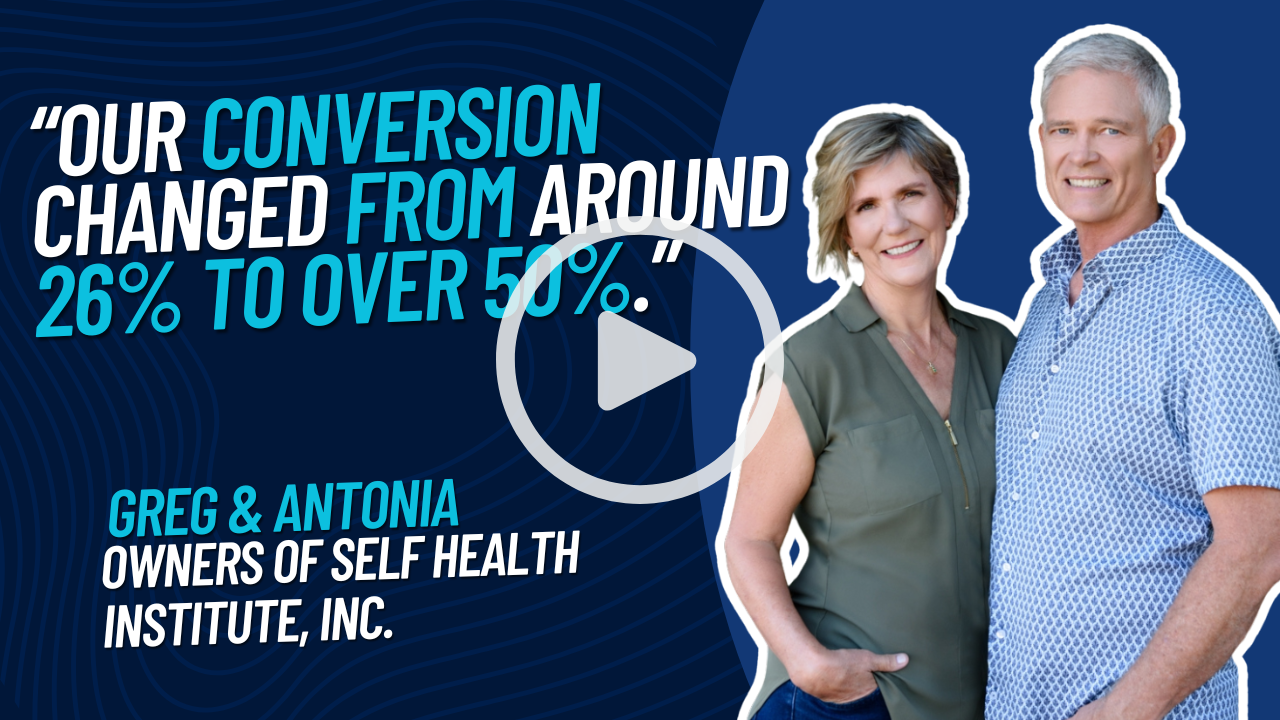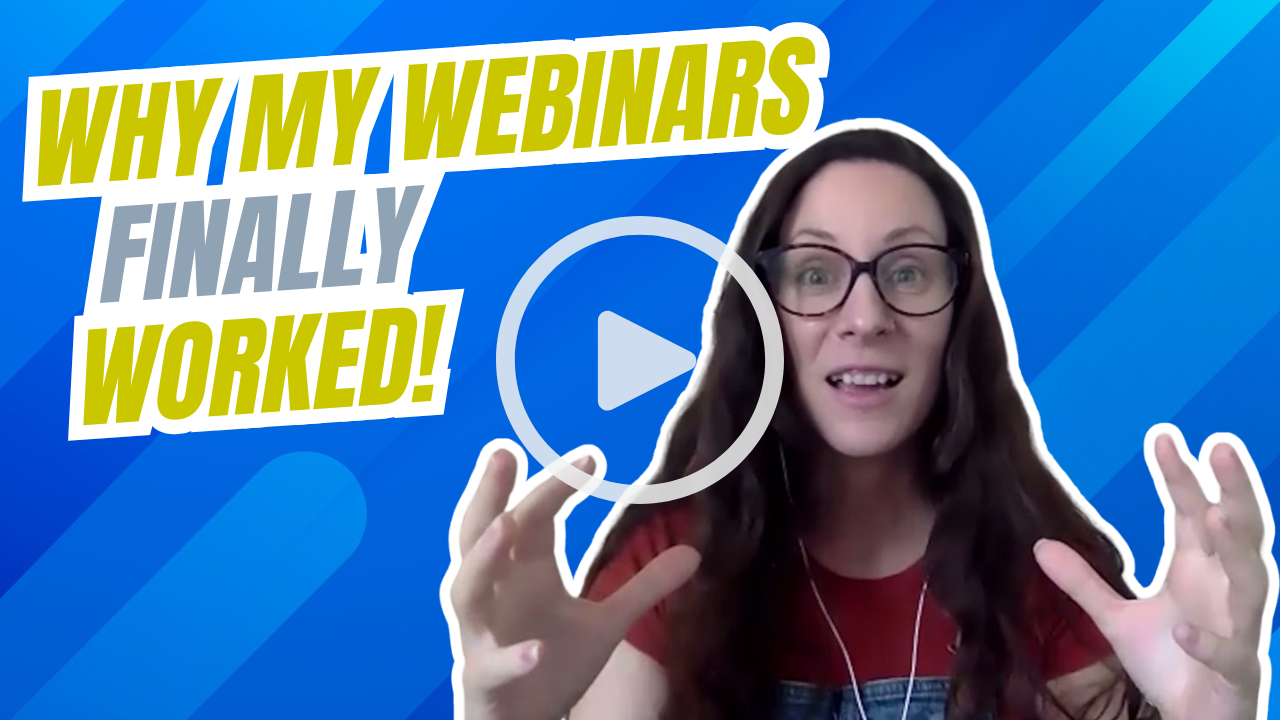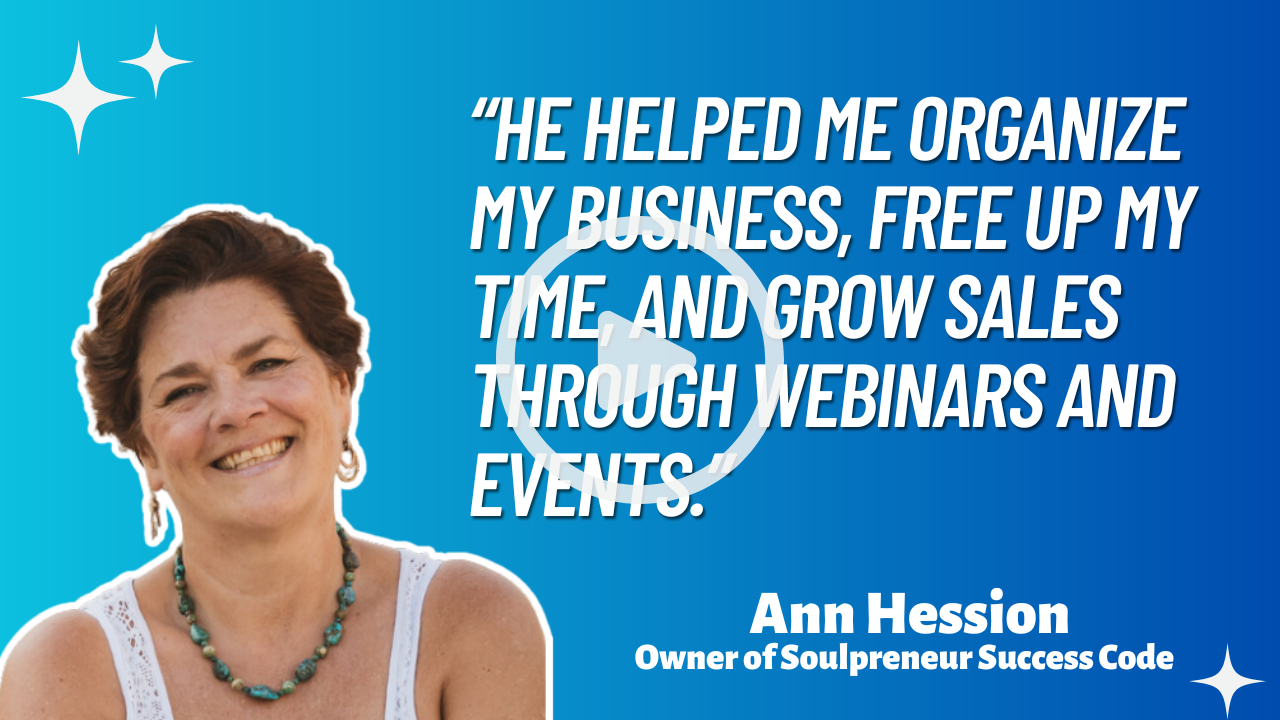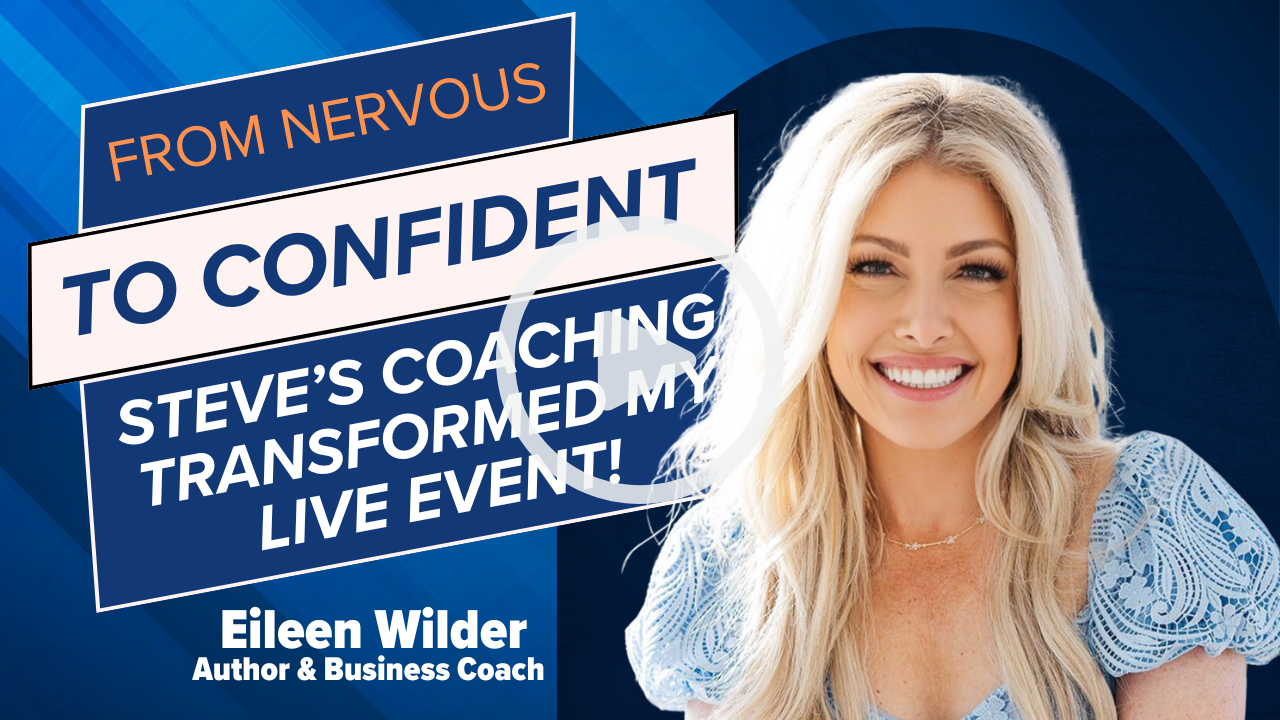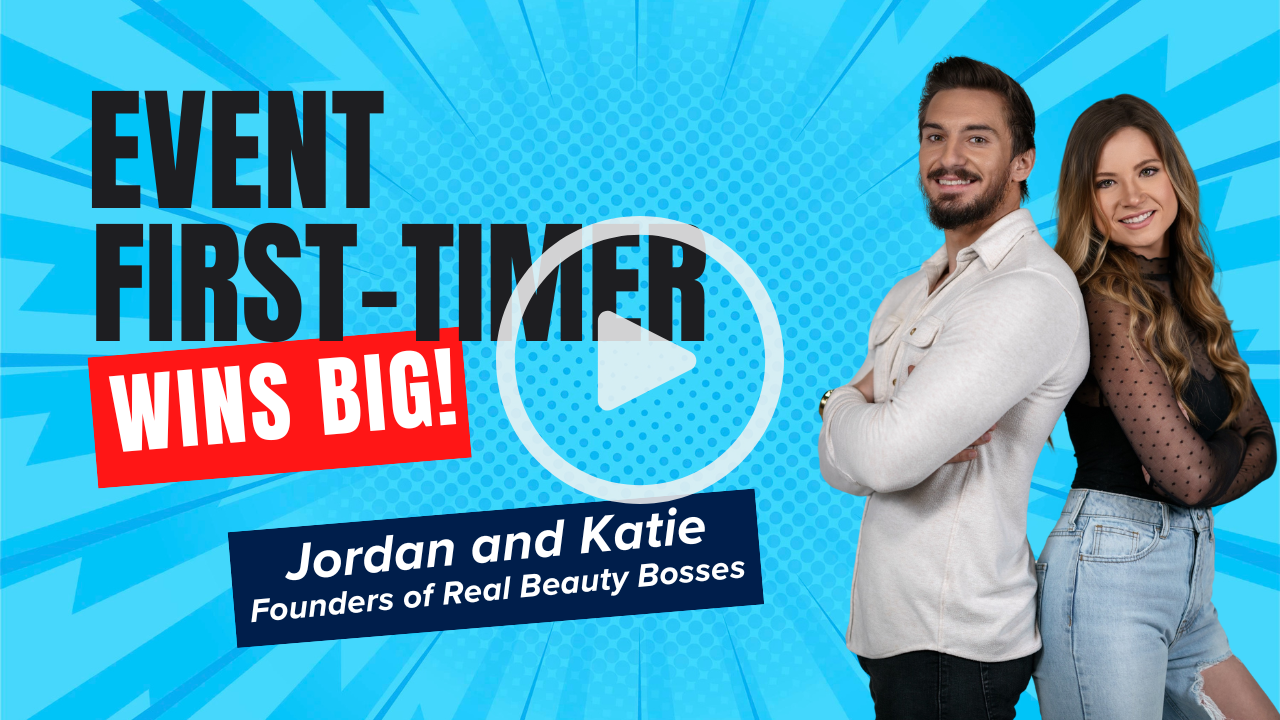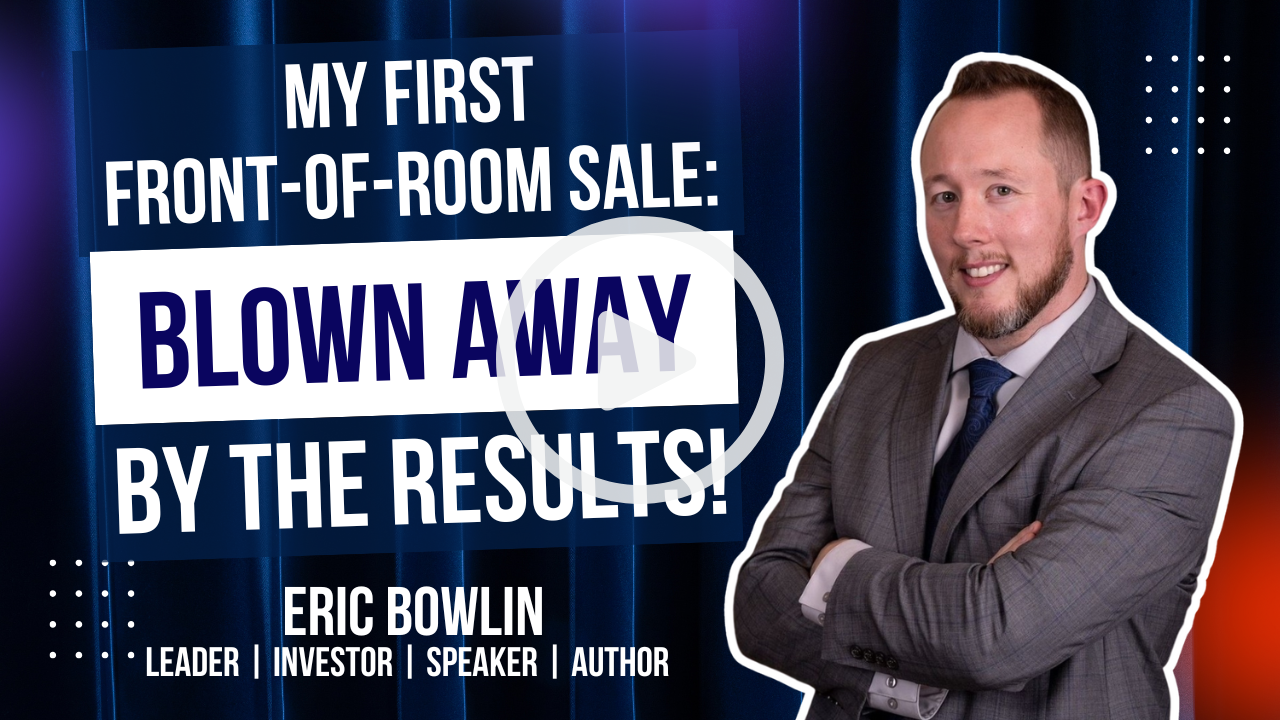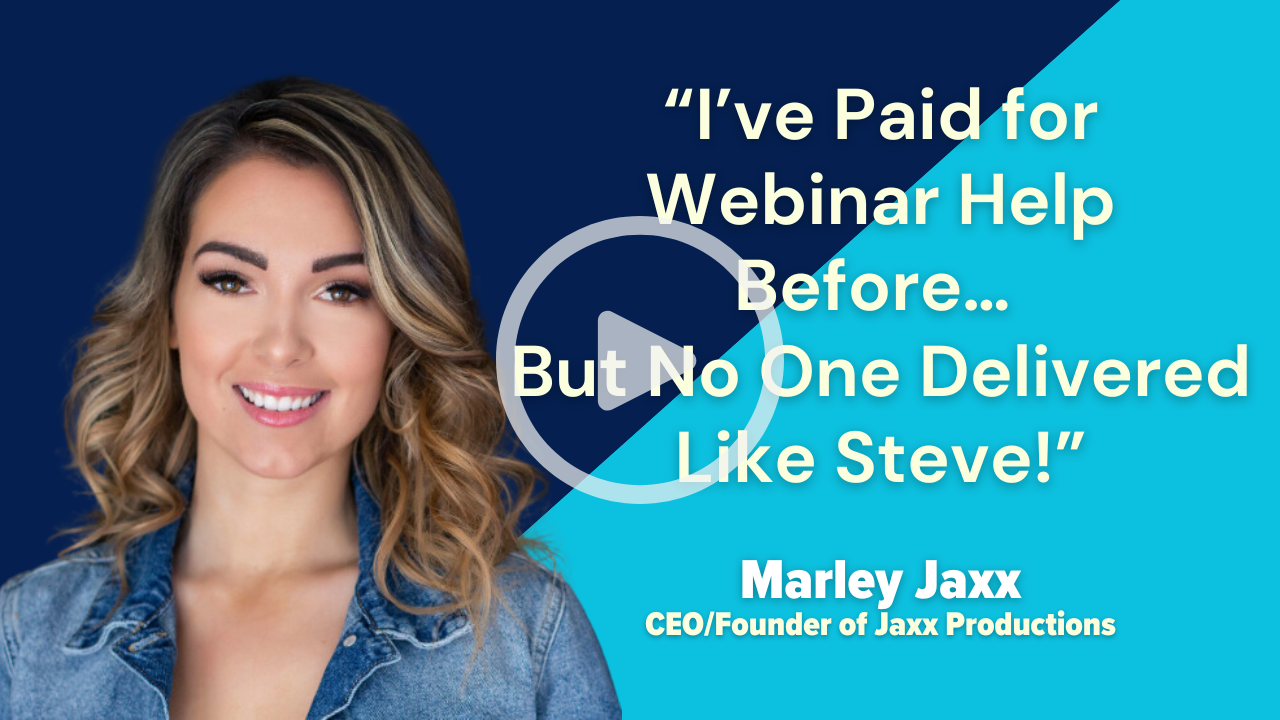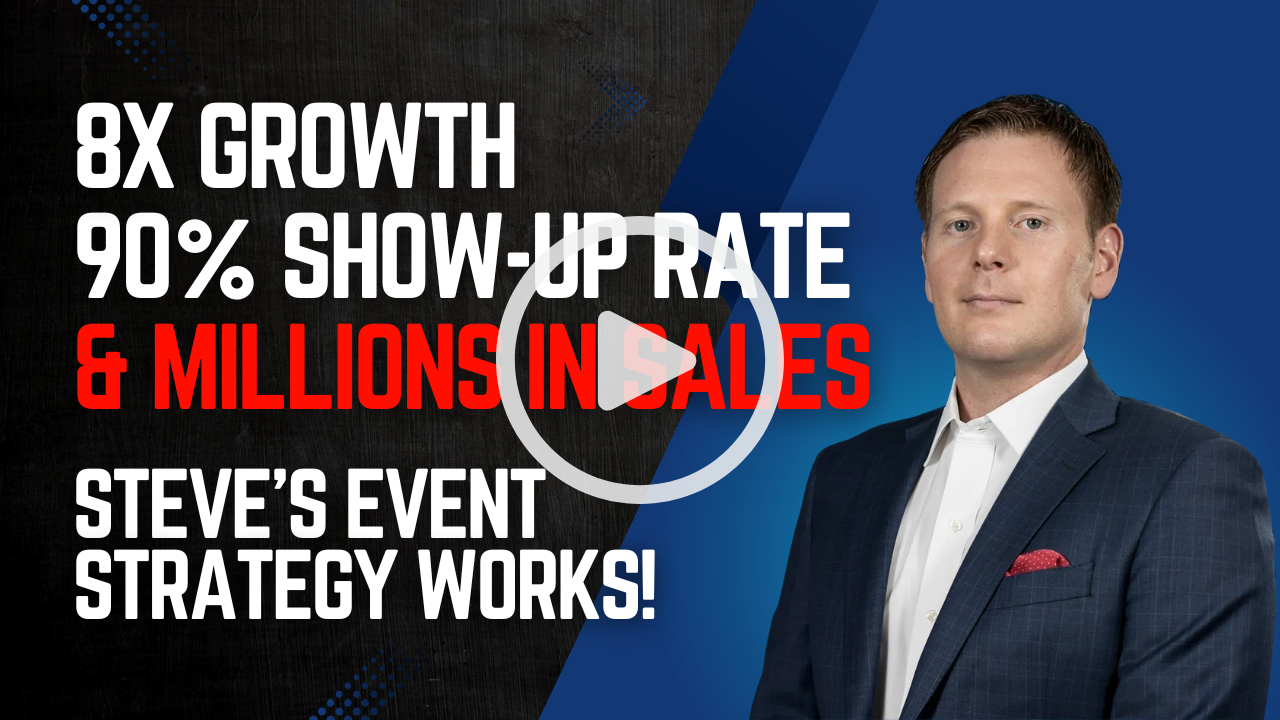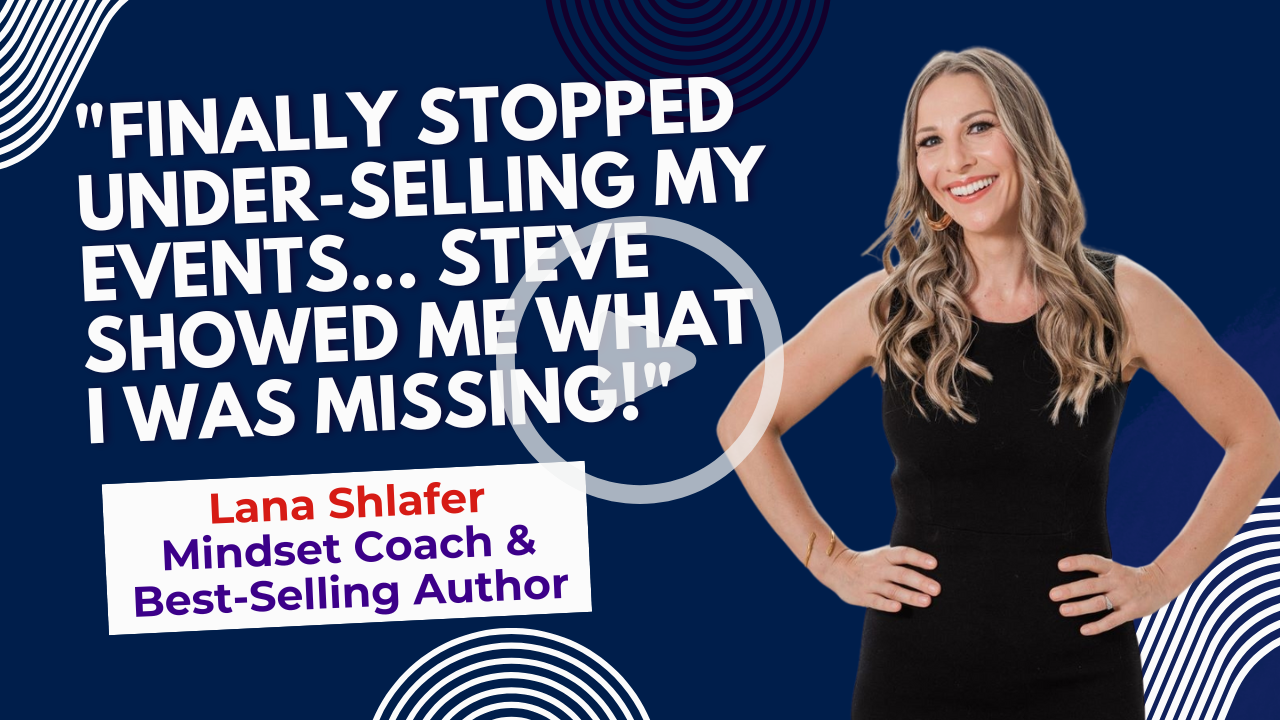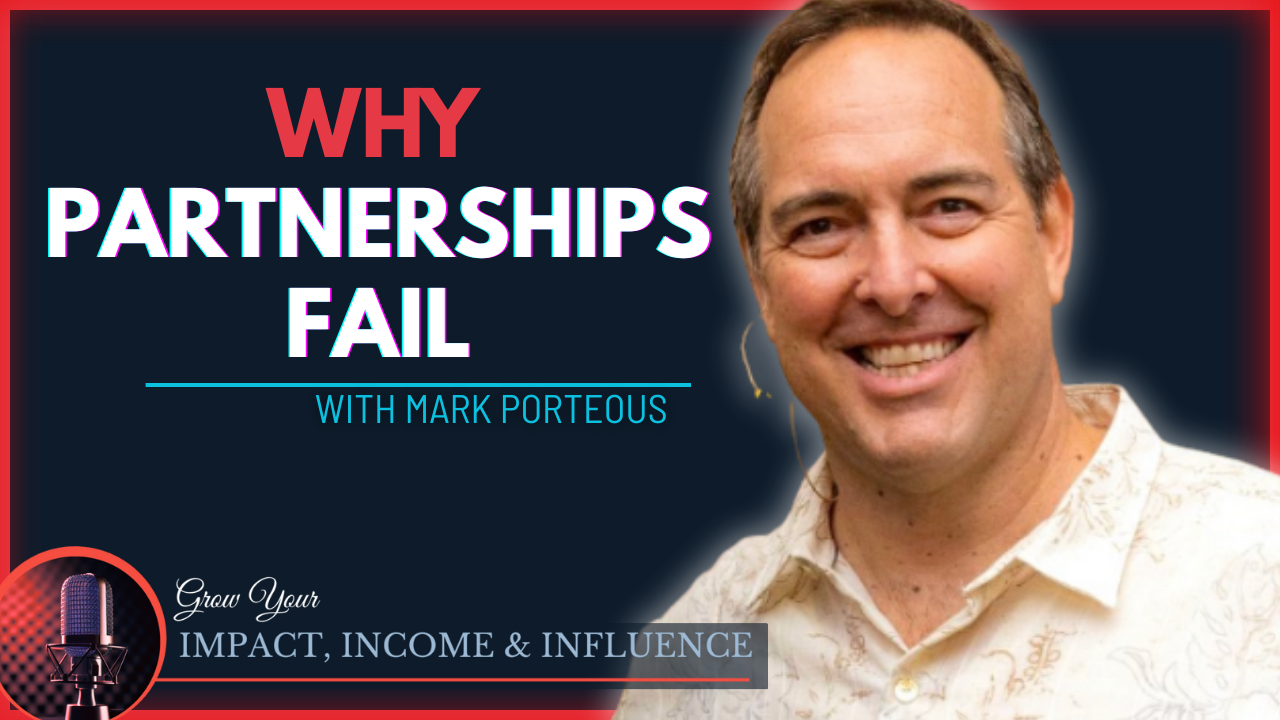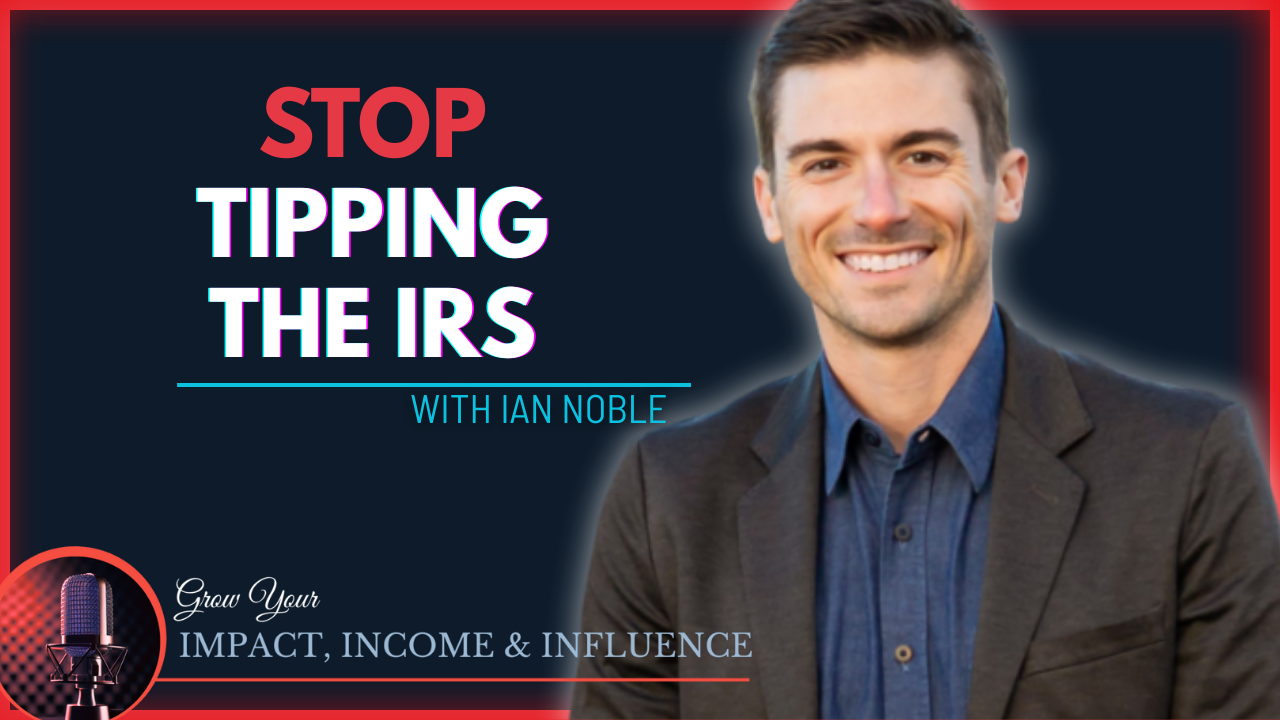Testimonials Aren’t a Reward—They’re a Result You Can Engineer
If your strategy is to “hope” attendees or buyers leave a glowing testimonial after your event or offer… we need to talk.

The best testimonials don’t come from chance. They’re designed—just like a well-built funnel or a tight stage presentation. If you’re serious about increasing conversion, building social proof, and getting more people to buy your product, you need to stop waiting and start planning for impactful feedback right inside your experience.
And the key? Story Design.

Pop in your email below, and we’ll zip it straight to your inbox so you never lose it!
Leverage Story Moments That Trigger Testimonials
Want someone to say your program changed their life?
Then create a moment designed to trigger that reflection in the room. Don’t just give them results. Make them feel the results, name the shift, and share your story back to you in their own words.
Use visual storytelling, emotional pacing, and a clear call-to-action to help them articulate it on the spot.
Here’s how I engineer it:
Identify the transformation moment (before → after)
Use bullet points or a presentation format to frame it clearly
Ask a well-timed question like “What shifted for you right now?”
Let them respond naturally—and capture that raw moment
You can extract short-form content like a reel, quote, or screenshots from WhatsApp, SMS, or even Zoom chat. These become social media posts, product reviews, or even embedded on your testimonial page or landing page.
Build a Testimonial System You Can Scale
Now that you’ve designed the moment, automate the capture. A simple template + tools like Zapier, Google Sheets, and a good plugin on your homepage or sales page can turn a moment into an ongoing engine of conversion.
Here’s what I recommend:
A dedicated testimonial form with fields for emotion, results, and personal context
A quick spreadsheet to track the number of testimonials per offer or event
Set up triggers from your support team or CRM to follow up with happy customers
Add a visual hierarchy to your pages to make testimonials on your website easy to read and impossible to ignore
Marketer tip: Test different formats—images or videos, written quotes, or even audio—to see what resonates most with your target audience.
Templates and Real-World Case Studies (That Don’t Feel Cookie-Cutter)

Don’t fall into the common mistake of collecting testimonials that all sound the same. Use case studies and specific scenarios to help your audience resonate with the result. Make sure your digital marketing assets feel like a conversation, not a commercial.
Here are some testimonial template ideas to get you started:
“Before I worked with [Your Name], I felt ____. After, I could finally ____.”
“The moment that changed everything for me was ____.”
“If you’re on the fence about this, just know ____.”
Tailor each one to communicate your work, not just praise it.
The Takeaway: Design Testimonials as Part of the Journey
When testimonials are treated like an afterthought, that’s exactly what they become. But when they’re built into your marketing strategy and delivery experience, they become a natural, authentic extension of your brand.
And yes, they’ll make you more sales, too.
So stop hoping someone remembers to post a few nice words a week later. Start designing your events, funnels, and customer journeys with story, emotion, and testimonial capture baked in.
Because what your future clients need most… is proof that someone just like them got exactly what they were hoping for—and more.

